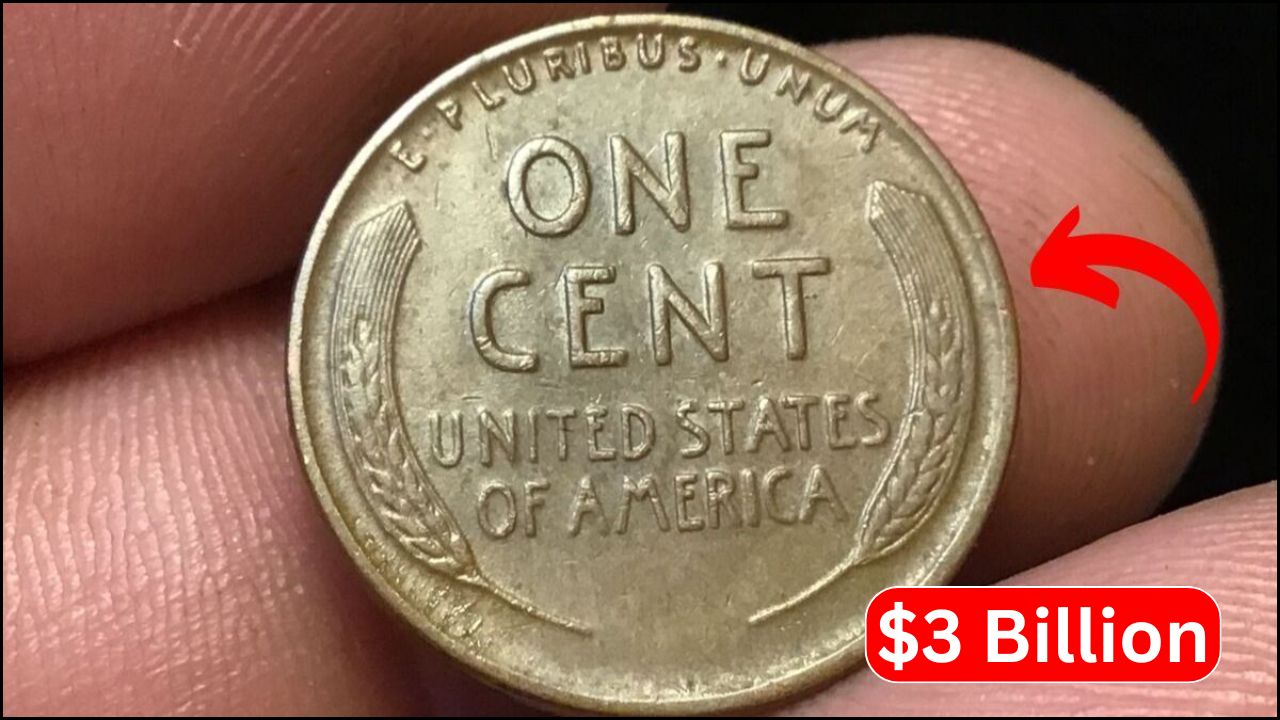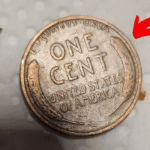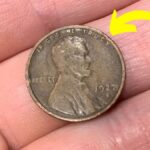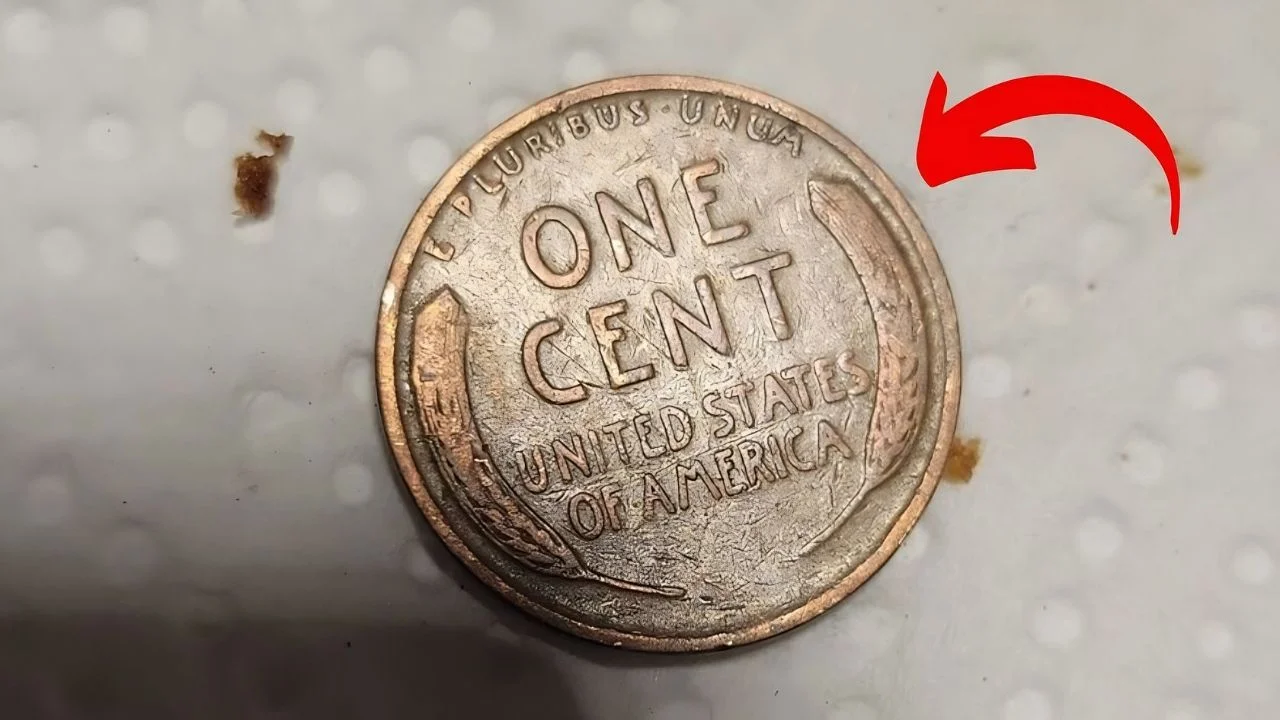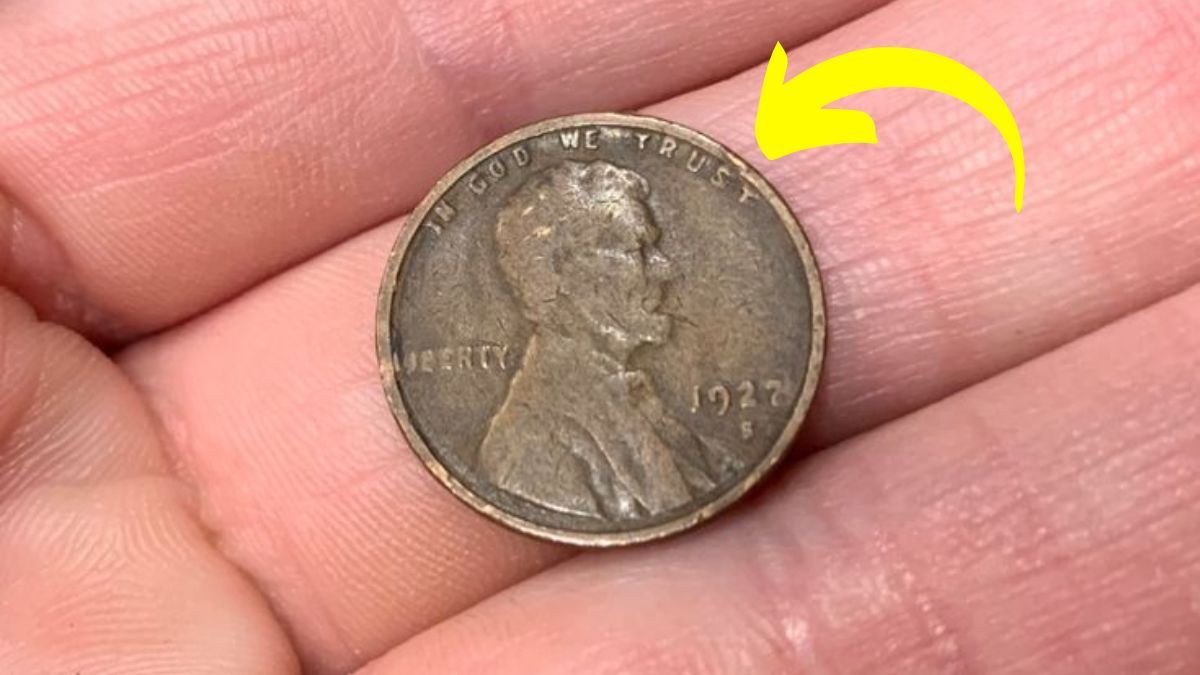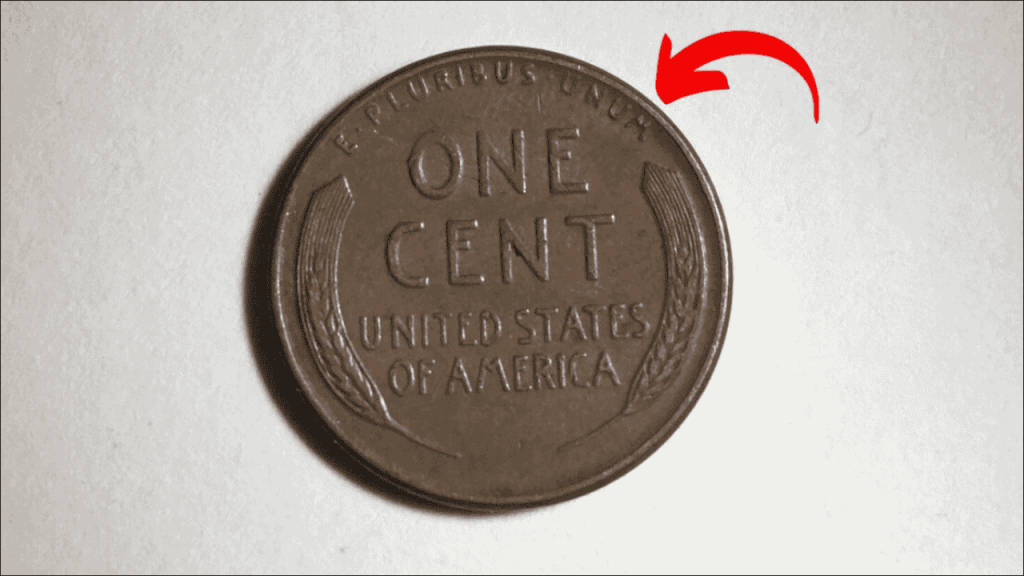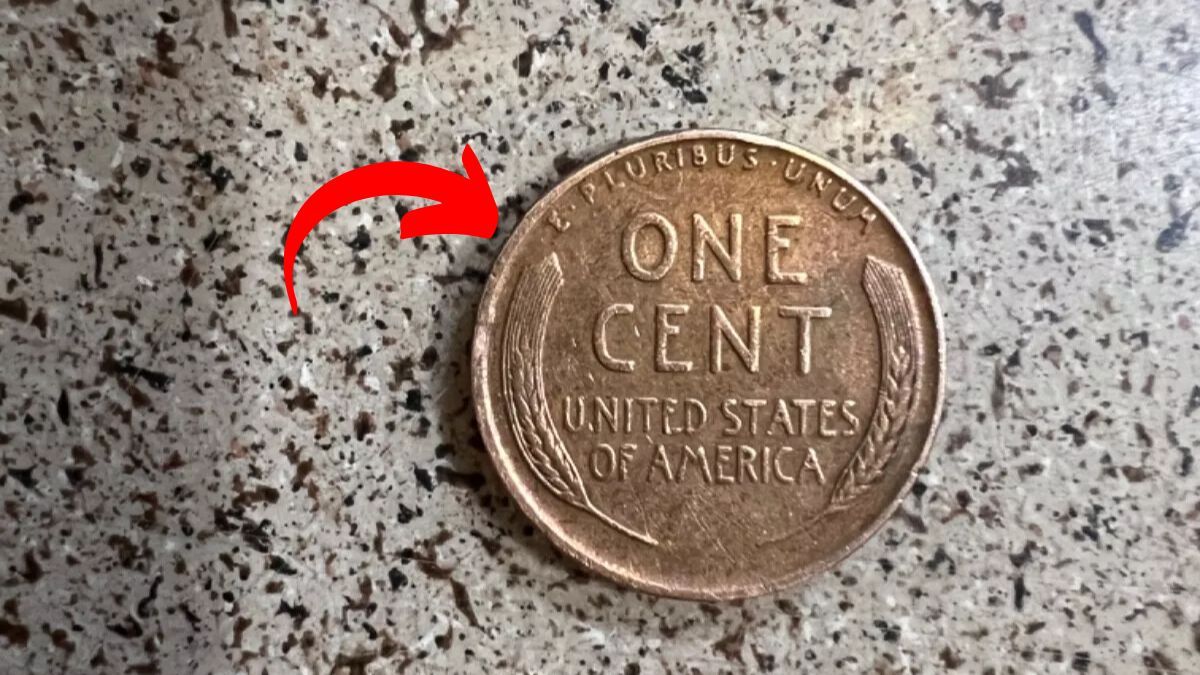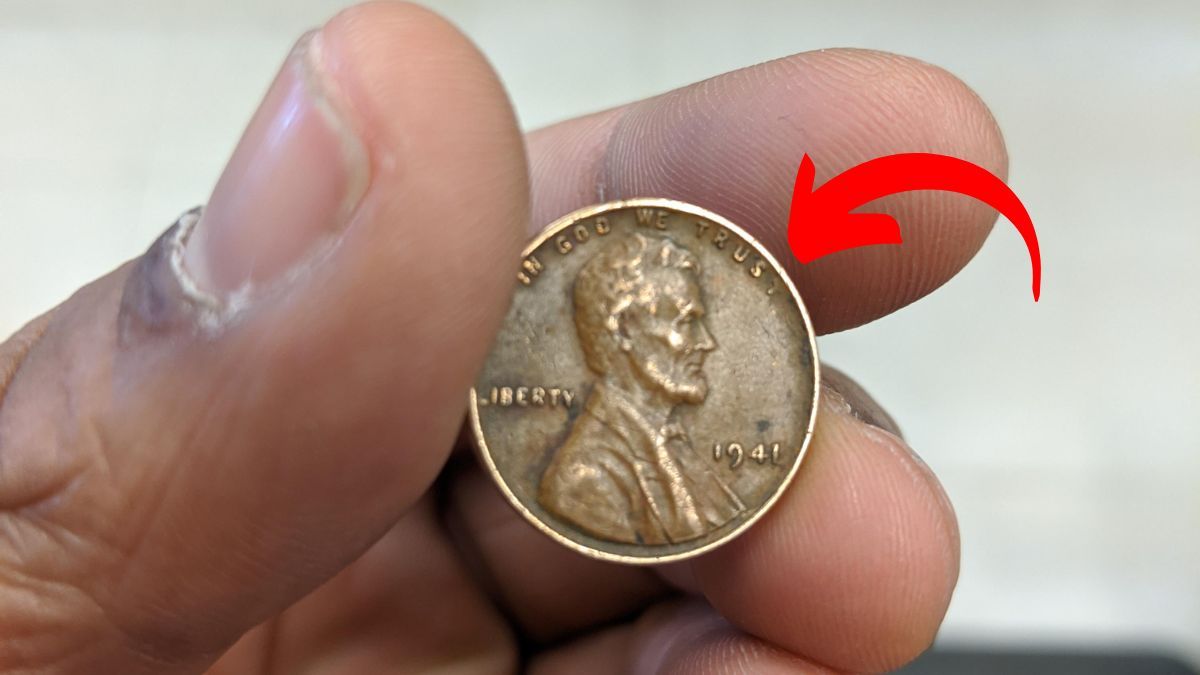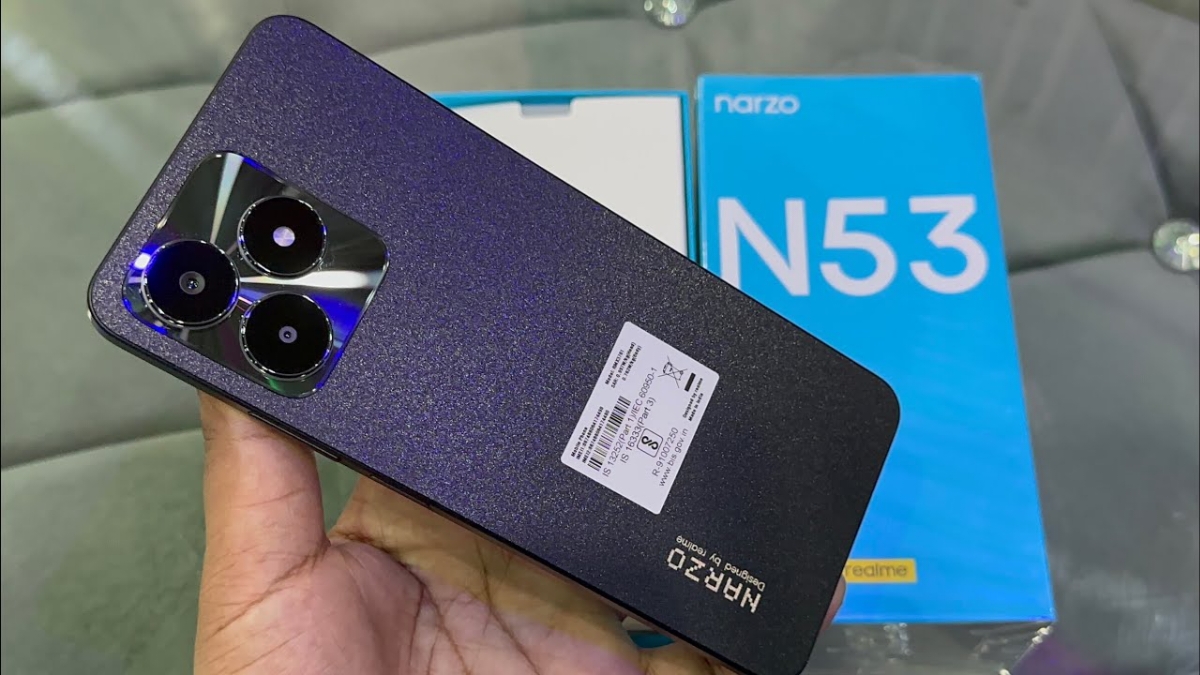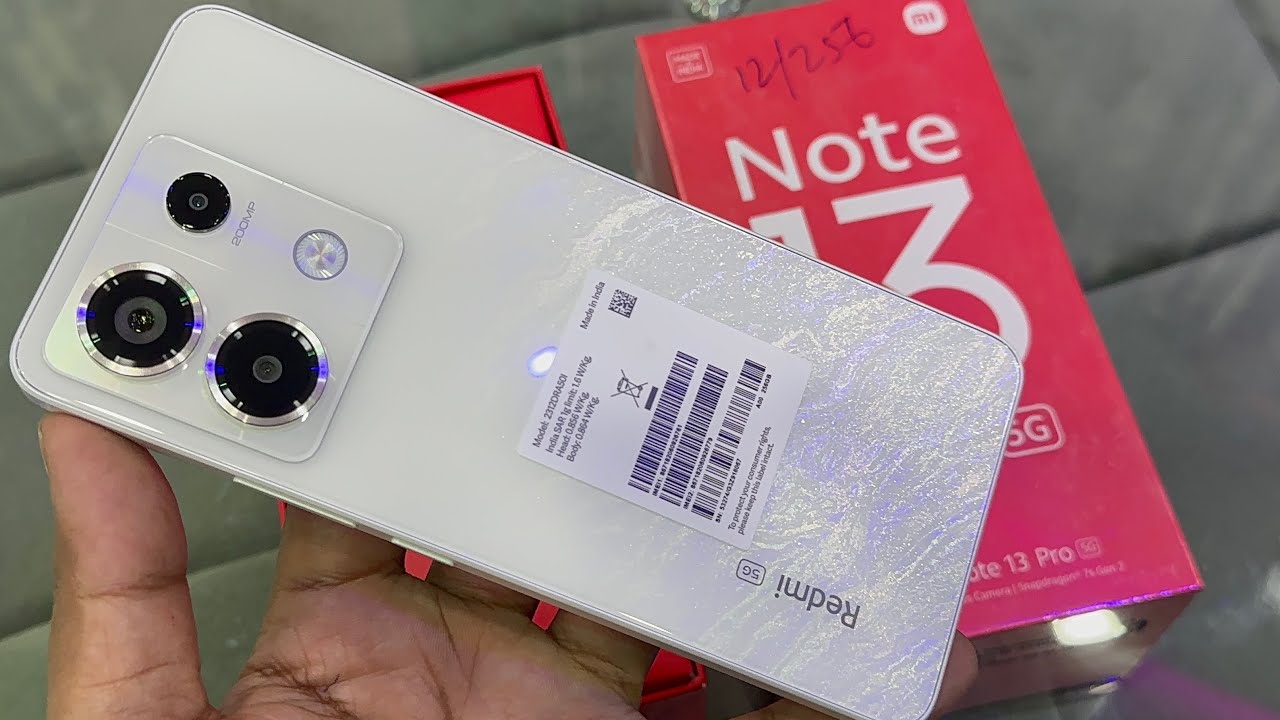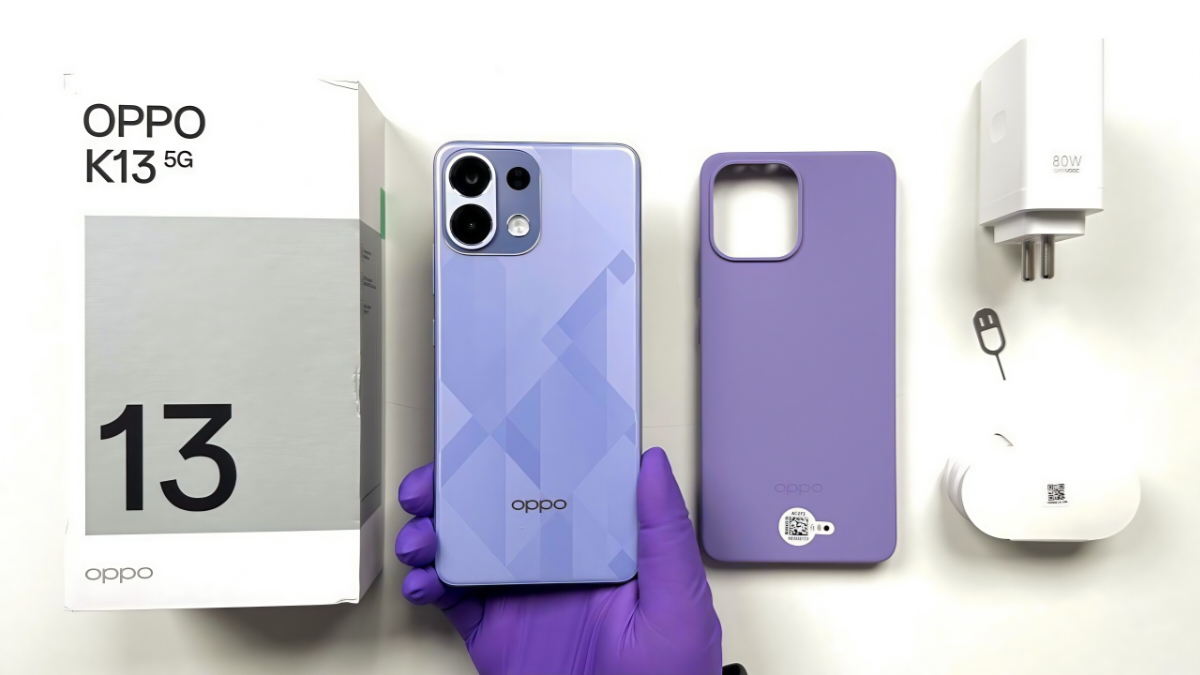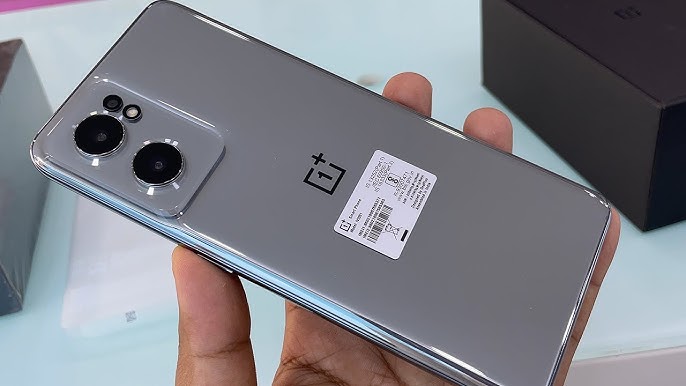The Lincoln Wheat Penny Valued at $3 Billion: Could a life-changing fortune be hiding in your spare change? This question has sparked one of America’s most enduring treasure hunts—the search for the legendary Lincoln Wheat Penny valued at an astounding $3 billion. While experts debate its existence, millions of Americans scrutinize their pocket change, hoping to discover this numismatic holy grail. This humble one-cent coin has transformed everyday transactions into moments of potential discovery and turned ordinary citizens into passionate collectors. The possibility, however remote, that enormous wealth could be hiding in plain sight continues to captivate the imagination of treasure hunters across the country.
The Rich History of the Lincoln Wheat Penny
The Lincoln Wheat Penny made its debut in 1909 to commemorate the 100th anniversary of Abraham Lincoln’s birth. With Lincoln’s dignified profile on the front and two wheat stalks on the back, these distinctive coins circulated for nearly five decades until 1958. During their long production run, these pennies passed through countless hands during pivotal moments in American history—the Roaring Twenties, the Great Depression, two World Wars, and the beginning of the Cold War. Each wheat penny, regardless of its monetary value, serves as a miniature time capsule connecting us directly to our nation’s past and the generations who used these coins in daily commerce.
Origins of the Billion-Dollar Valuation
The extraordinary $3 billion valuation stems from collector legends about a unique error coin with exceptional characteristics. Some numismatic experts suggest it might have been accidentally struck in gold or another precious metal composition during World War II, when the Mint experimented with alternative materials due to wartime copper shortages. While most professionals doubt the existence of this specific coin exactly as described, the legend has taken on a life of its own. The mystery surrounding this potentially priceless penny has created an enduring treasure-hunting culture that transcends the coin’s likely reality.
Accessible Treasure Hunting for Everyone
What makes the Lincoln Wheat Penny legend particularly compelling is its democratic nature. Unlike valuable artifacts secured in museums or private collections, this mythical penny could theoretically be passing through everyday transactions. This accessibility has transformed ordinary Americans into amateur numismatists, carefully examining every wheat penny that crosses their path. The search requires no specialized equipment or training—just attention to detail and basic knowledge about what makes certain pennies valuable. This level playing field, where anyone with pocket change can participate, has helped make coin collecting one of America’s most popular and enduring hobbies.
Valuable Wheat Pennies Worth Finding
While the $3 billion penny may remain elusive, many genuinely valuable Lincoln Wheat Pennies regularly surface in circulation. The 1909-S VDB penny, featuring designer Victor David Brenner’s initials, can command thousands of dollars in good condition. The 1914-D and 1931-S pennies are highly prized due to their limited mintage. Perhaps most famous are the 1943 copper pennies—mistakenly made when the Mint was supposed to be using steel—which have sold for hundreds of thousands at auction. The 1922 plain penny, missing its mint mark due to a die error, also ranks among the most valuable specimens that might still be found in circulation.
How to Identify Potential Treasures
For aspiring treasure hunters, knowing what to look for is essential. The date is your first clue—pay special attention to pennies from 1909, 1914, 1922, 1931, and 1943. Next, check for a mint mark under the date; an “S” (San Francisco) or “D” (Denver) often indicates rarer versions. The condition significantly impacts value, with well-preserved coins naturally commanding higher prices. Finally, unusual weight or composition might indicate a valuable error coin. While discovering a truly exceptional specimen remains unlikely, the search itself provides enjoyment and occasionally yields modest but satisfying finds.
Beyond Monetary Value
While headlines focus on astronomical valuations, the true worth of wheat pennies often transcends money. Each coin represents a tangible connection to American history—small metal artifacts that have witnessed decades of national change. Many collectors cherish these pennies not primarily for potential financial gain but for the stories they embody about our collective past. The growing community of wheat penny enthusiasts shares knowledge, experiences, and the thrill of discovery, creating connections that enrich the hobby beyond mere monetary considerations.
The Enduring Appeal of Possibility
Whether or not the legendary $3 billion penny exists precisely as described, its story teaches us something valuable about hope and possibility. In a world where extraordinary wealth often seems unattainable, the wheat penny legend reminds us that remarkable opportunities might hide in the most ordinary places. It encourages us to look more closely at everyday objects, to learn their history, and to appreciate both their actual and potential value. Perhaps this explains why, despite overwhelming odds, millions of Americans continue checking their change—because sometimes, extraordinary treasures are hiding in plain sight, waiting to be discovered.
